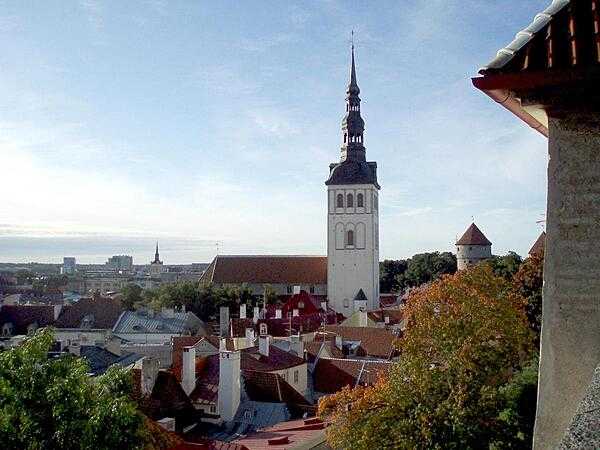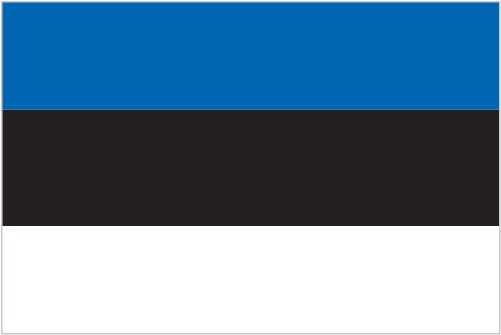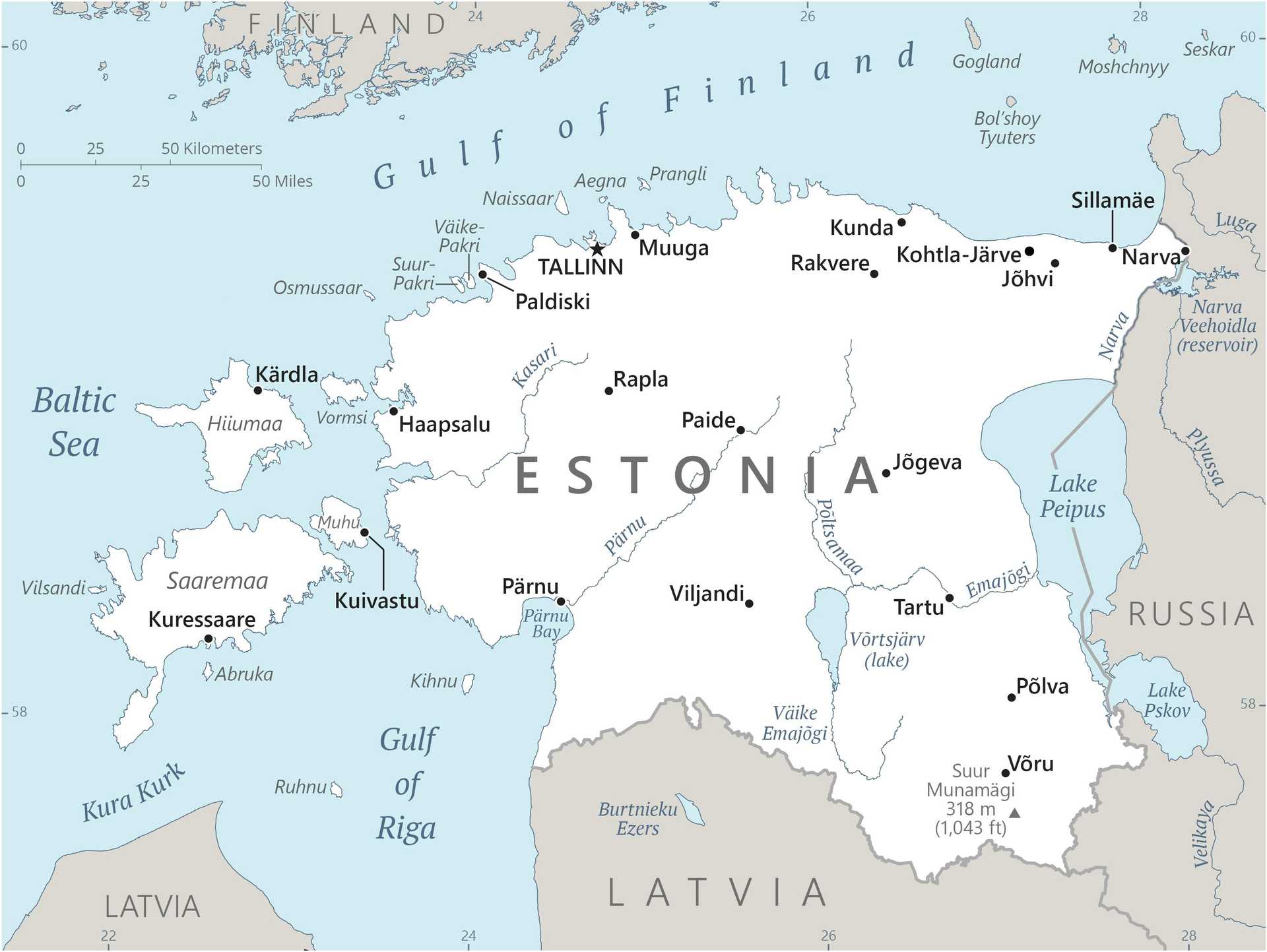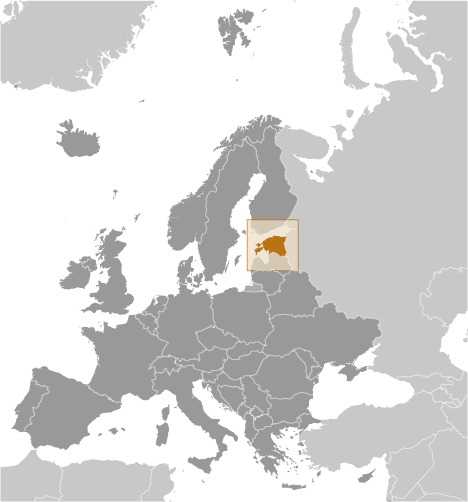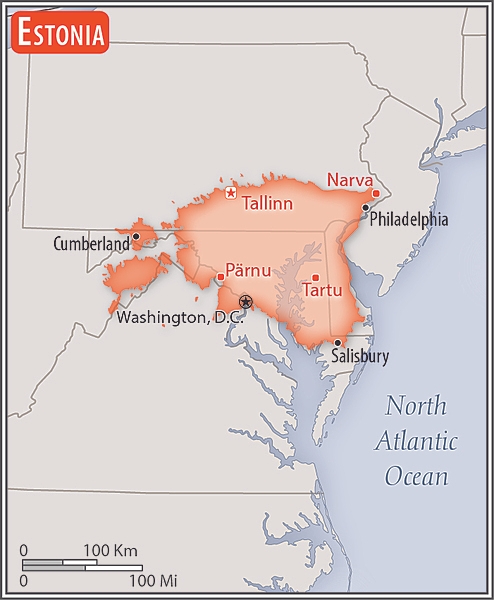Introduction
Visit the Definitions and Notes page to view a description of each topic.
Geography
People and Society
Population
comparison rankings: total 160; male 160; female 158
Median age
comparison ranking: total 22
Population growth rate
comparison ranking: 228
Birth rate
comparison ranking: 212
Death rate
comparison ranking: 12
Net migration rate
comparison ranking: 174
Maternal mortality ratio
comparison ranking: 170
Infant mortality rate
comparison ranking: total 196
Life expectancy at birth
comparison ranking: total population 79
Total fertility rate
comparison ranking: 178
Obesity - adult prevalence rate
comparison ranking: 93
Alcohol consumption per capita
comparison ranking: total 7
Tobacco use
comparison ranking: total 46
Education expenditure
comparison ranking: Education expenditure (% GDP) 61
Environment
Carbon dioxide emissions
comparison ranking: total emissions 139
Government
Economy
Real GDP (purchasing power parity)
comparison ranking: 121
Real GDP growth rate
comparison ranking: 195
Real GDP per capita
comparison ranking: 55
Inflation rate (consumer prices)
comparison ranking: 110
GDP - composition, by sector of origin
comparison rankings: agriculture 155; industry 127; services 60
Industrial production growth rate
comparison ranking: 185
Labor force
comparison ranking: 154
Unemployment rate
comparison ranking: 135
Youth unemployment rate (ages 15-24)
comparison ranking: total 53
Gini Index coefficient - distribution of family income
comparison ranking: 106
Public debt
comparison ranking: 167
Taxes and other revenues
comparison ranking: 42
Current account balance
comparison ranking: 108
Reserves of foreign exchange and gold
comparison ranking: 125
Energy
Electricity
comparison rankings: installed generating capacity 108; consumption 112; exports 42; imports 33; transmission/distribution losses 107
Energy consumption per capita
comparison ranking: 68
Communications
Telephones - fixed lines
comparison ranking: total subscriptions 115
Telephones - mobile cellular
comparison ranking: total subscriptions 150
Broadband - fixed subscriptions
comparison ranking: total 94
Transportation
Merchant marine
comparison ranking: total 108
